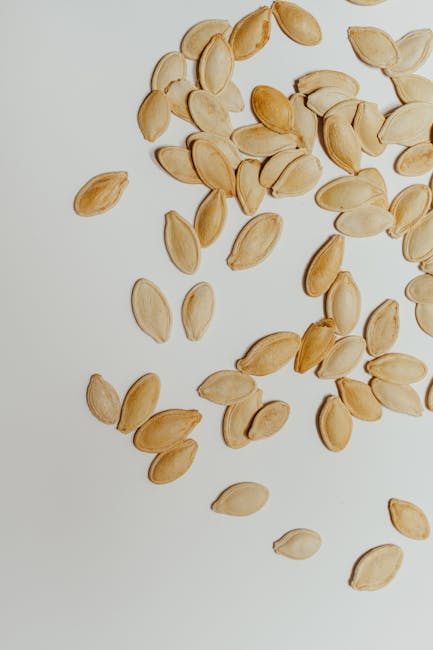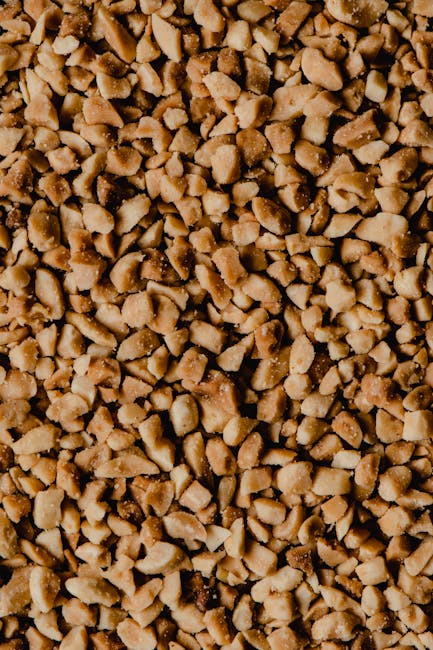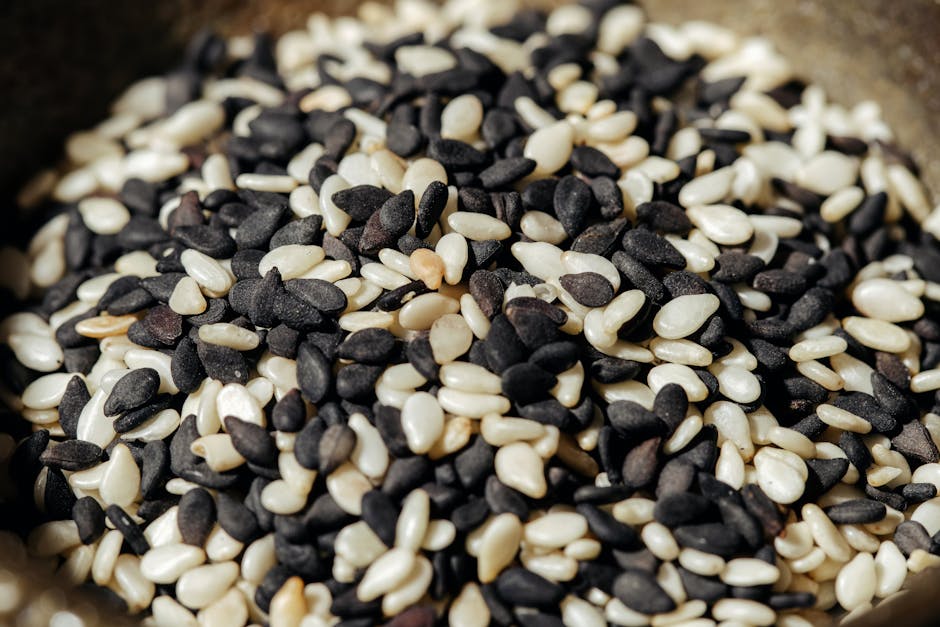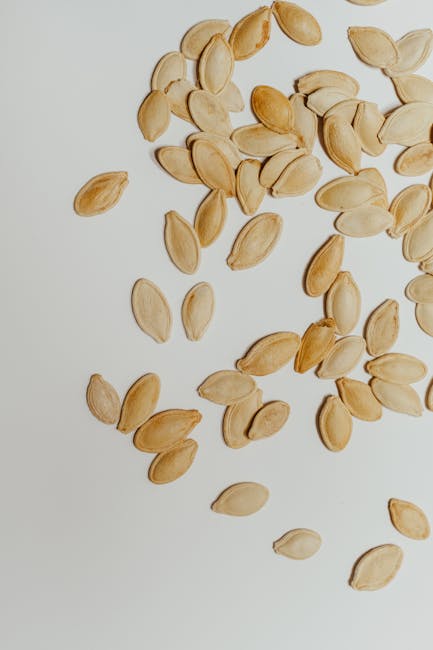Understanding Seed Oils: A Deep Dive
Seed oils, extracted from the seeds of various plants, have become a staple in modern kitchens and beyond. From cooking and salad dressings to skincare and hair care, their versatility is undeniable. However, navigating the vast array of options available can be overwhelming. This comprehensive guide will help you become a Seed Oil Scout, expertly selecting the perfect oil for your specific needs.
Types of Seed Oils: A Detailed Overview
The world of seed oils is incredibly diverse. Each oil possesses a unique profile of fatty acids, influencing its flavor, smoke point, and suitability for different applications. Let’s explore some of the most popular choices:
1. Sunflower Oil:
A widely accessible and affordable option, sunflower oil boasts a mild flavor and high smoke point, making it ideal for high-heat cooking methods like frying and sautéing. It’s a good source of vitamin E and linoleic acid, a beneficial omega-6 fatty acid.
2. Flaxseed Oil:
Known for its high concentration of omega-3 fatty acids (specifically ALA), flaxseed oil is a nutritional powerhouse. However, its low smoke point makes it unsuitable for cooking. Instead, it’s best consumed raw, added to smoothies, or used as a salad dressing to maximize its health benefits.

3. Sesame Oil:
With its distinctive nutty flavor and aroma, sesame oil is a culinary favorite in many cuisines. It offers a good balance of omega-3 and omega-6 fatty acids. Both toasted and untoasted versions exist, each lending a different flavor profile to dishes.
4. Grape Seed Oil:
Possessing a high smoke point and neutral flavor, grape seed oil is a versatile choice for cooking. It’s also rich in antioxidants and polyphenols, contributing to its potential health benefits. Its light texture makes it a popular option for skincare as well.

5. Pumpkin Seed Oil:
This oil boasts a unique, slightly nutty flavor and is a rich source of zinc and magnesium. Its delicate flavor makes it ideal for salad dressings and drizzling over roasted vegetables. However, it has a relatively low smoke point, limiting its use in high-heat cooking.
6. Chia Seed Oil:
Similar to flaxseed oil, chia seed oil is a rich source of omega-3 fatty acids. It’s also a good source of antioxidants. Like flaxseed oil, its low smoke point makes it best consumed raw or added to cold dishes.
7. Hemp Seed Oil:
Hemp seed oil contains a balanced ratio of omega-3 and omega-6 fatty acids, along with essential fatty acids. It has a mild, nutty flavor and is suitable for cold applications like salad dressings and smoothies.
8. Safflower Oil:
Safflower oil has a high smoke point and neutral flavor, making it suitable for various cooking methods. It is also a good source of polyunsaturated fats.
Choosing the Right Seed Oil: Factors to Consider
Selecting the appropriate seed oil hinges on several key factors:
- Intended Use: Are you using it for cooking, baking, salad dressings, or skincare? Different oils have varying smoke points and flavor profiles suited to specific applications.
- Smoke Point: This is the temperature at which an oil begins to break down and produce harmful compounds. High smoke points are essential for high-heat cooking.
- Flavor Profile: Consider the taste and aroma of the oil and how it will complement your dishes. Some oils have distinct flavors, while others are neutral.
- Nutritional Content: Some oils are richer in certain fatty acids, vitamins, and antioxidants, contributing to their potential health benefits.
- Storage: Proper storage is crucial to preserve the quality and prevent rancidity. Store oils in cool, dark places, away from heat and light.
Seed Oil Scout’s Checklist
To help you become a proficient Seed Oil Scout, consider this handy checklist before making your next purchase:
- Identify the intended use of the oil.
- Check the smoke point for cooking applications.
- Consider the flavor profile and how it complements your dishes.
- Examine the nutritional content for health benefits.
- Ensure proper storage to maintain freshness.
- Read reviews and compare prices.
Beyond the Kitchen: Seed Oils in Skincare and Hair Care
The benefits of seed oils extend far beyond the culinary world. Many are prized for their skin and hair care properties. For example, rosehip seed oil is renowned for its ability to reduce the appearance of scars and wrinkles, while argan oil is celebrated for its moisturizing and nourishing properties for both skin and hair.

Conclusion: Embrace Your Inner Seed Oil Scout
With this comprehensive guide, you’re now equipped to navigate the world of seed oils with confidence. By carefully considering your needs and preferences, you can become a discerning Seed Oil Scout, choosing the perfect oil to enhance your cooking, skincare routine, and overall well-being.

